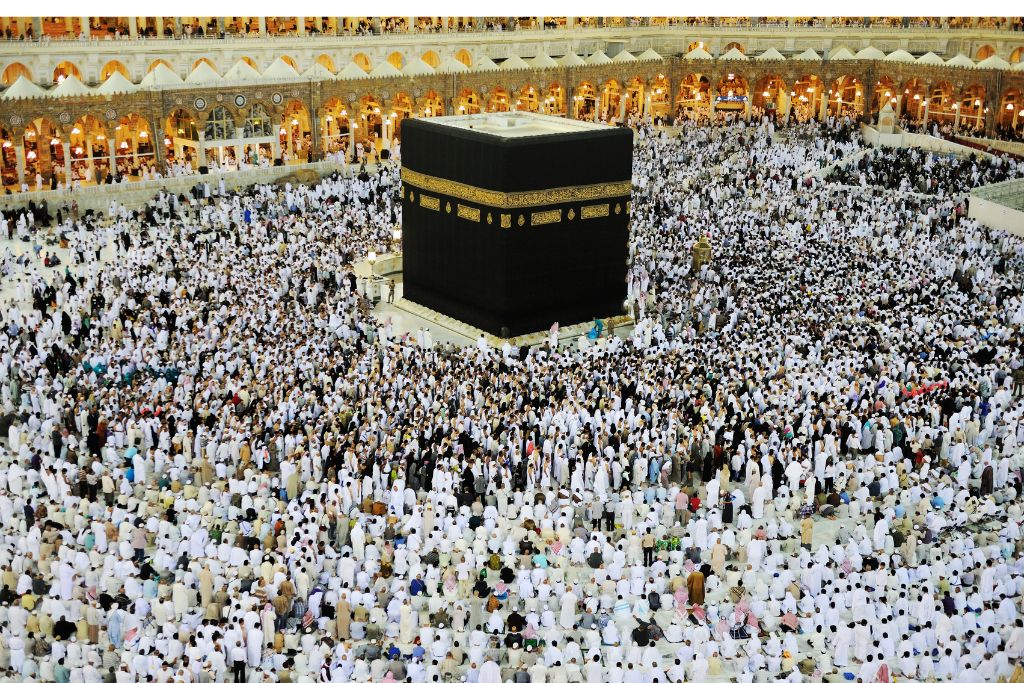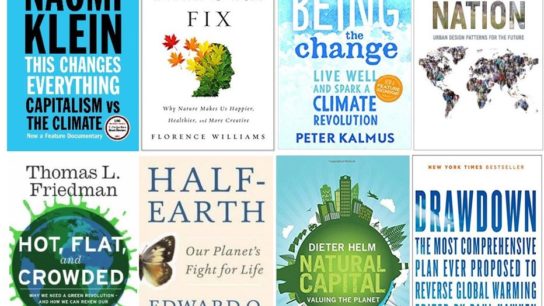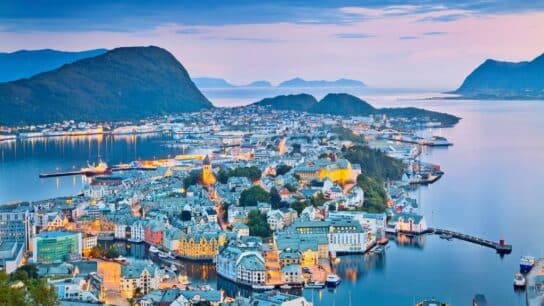As the annual Islamic pilgrimage to Mecca – also known as Hajj – approaches in 2024, it is crucial for us to reflect upon the environmental impact of this massive gathering and seek sustainable solutions to ensure a greener and more eco-friendly pilgrimage. In this article, we explore the environmental challenges posed by Hajj, propose potential solutions, and emphasise the importance of preserving our planet for future generations.
—
The ritual of sacrificing animals during Hajj, known as Qurbani, holds great significance for Muslims worldwide. In 2019, more than 1 million livestock have been readied for meat sacrifice to cater for Hajj pilgrims.
However, it is important to recognise the environmental impact of animal waste generated during this process. Improper disposal of sacrificial animal waste can lead to pollution, water contamination, and the release of harmful gases.
To mitigate these effects, it is essential to implement proper waste management practices, such as composting or biogas generation, to ensure that the waste is converted into valuable resources. Furthermore, when distributing meat to the less fortunate, it is vital to consider the use of eco-friendly packaging materials. Opting for sustainable packaging materials can help minimise the environmental footprint associated with transportation and distribution, aligning with the principles of sustainability and responsible stewardship of the Earth. By adopting such practices, we can honour the sanctity of Qurbani while also protecting our natural environment.
4 Challenges We Need to Address
1. Waste Management
The sheer number of pilgrims during Hajj leads to enormous amounts of waste, including plastic bottles, food packaging, and other disposable items. Improper waste disposal can contaminate the environment, pollute water sources, and harm wildlife.
2. Water Consumption
Hajj requires significant water usage for ablution, sanitation, and hydration purposes. The excessive demand for water during the pilgrimage puts a strain on local water resources, especially in the arid region of Mecca.
3. Energy Consumption
The transportation of pilgrims via airplanes contributes to greenhouse gas emissions, as does the energy consumption associated with accommodation, transportation within the pilgrimage sites, and other infrastructure.
4. Fast Fashion
The trend of fast fashion, where inexpensive clothing is produced rapidly and discarded quickly, has infiltrated Hajj. Many pilgrims purchase new clothing specifically for the pilgrimage, leading to increased textile waste and environmental degradation.
Proposed Solutions
1. Waste Reduction and Recycling
Implement comprehensive waste management systems that encourage pilgrims to reduce, reuse, and recycle. Provide recycling bins, promote eco-friendly products, and organise awareness campaigns to educate pilgrims about the importance of responsible waste disposal.
2. Water Conservation
Encourage pilgrims to use water efficiently during their stay in Mecca. Install water-saving fixtures, raise awareness about water conservation, and explore innovative technologies like waterless ablution to reduce water consumption without compromising religious rituals.
3. Renewable Energy
Utilise renewable energy sources, such as solar panels, wind turbines, and energy-efficient infrastructure, to significantly reduce the carbon footprint associated with Hajj. Governments, organisers, and stakeholders should invest in renewable energy solutions and promote their implementation throughout the pilgrimage sites.
4. Ethical and Sustainable Clothing
Encourage pilgrims to opt for sustainable and ethically produced clothing to combat the negative environmental impact of fast fashion. Promote the use of organic fabrics, support local artisans, and encourage clothing donations to foster a culture of sustainable fashion within the pilgrimage.
Sustainable Hajj 2024
Muslims have a moral and religious duty to protect the environment and be stewards of the Earth. The principles of sustainability and conservation are deeply rooted in Islam. The Holy Quran emphasises the importance of avoiding wastefulness: “Eat and drink, but waste not in extravagance, for Allah loveth not the wasters” (Surah Al-A’raf 7:31).
Furthermore, the Hadith – a record of the words, actions, and the silent approval of the Islamic prophet Muhammad – encourages environmental preservation, with Prophet Muhammad (peace be upon him). “The world is beautiful and verdant, and verily Allah, be He exalted, has made you His stewards in it, and He sees how you acquit yourselves,” the Hadith states. This serves as a reminder of our responsibility to safeguard the environment.
While Hajj provides an opportunity for spiritual enlightenment, it is also crucial to remember the significance of sustainable practices during this sacred journey. We must strive to minimise waste, conserve resources, reduce emissions, and make responsible choices. Additionally, the proper disposal of sacrificial animal waste and the use of eco-friendly materials can have positive environmental implications.
By implementing these solutions, we can ensure that Hajj becomes a model of sustainability, inspiring pilgrims from around the world to adopt eco-friendly practices in their daily lives. Let us embrace the spirit of Hajj, not just in our spiritual endeavours, but also in our commitment to preserving the Earth for future generations.
This article was originally published on June 19, 2023
This story is funded by readers like you
Our non-profit newsroom provides climate coverage free of charge and advertising. Your one-off or monthly donations play a crucial role in supporting our operations, expanding our reach, and maintaining our editorial independence.
About EO | Mission Statement | Impact & Reach | Write for us














